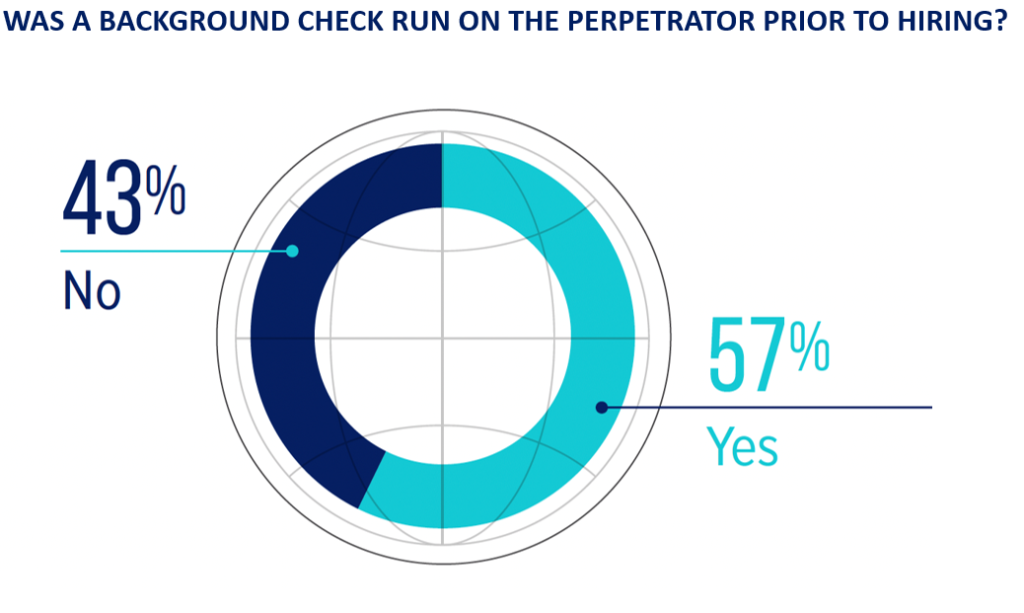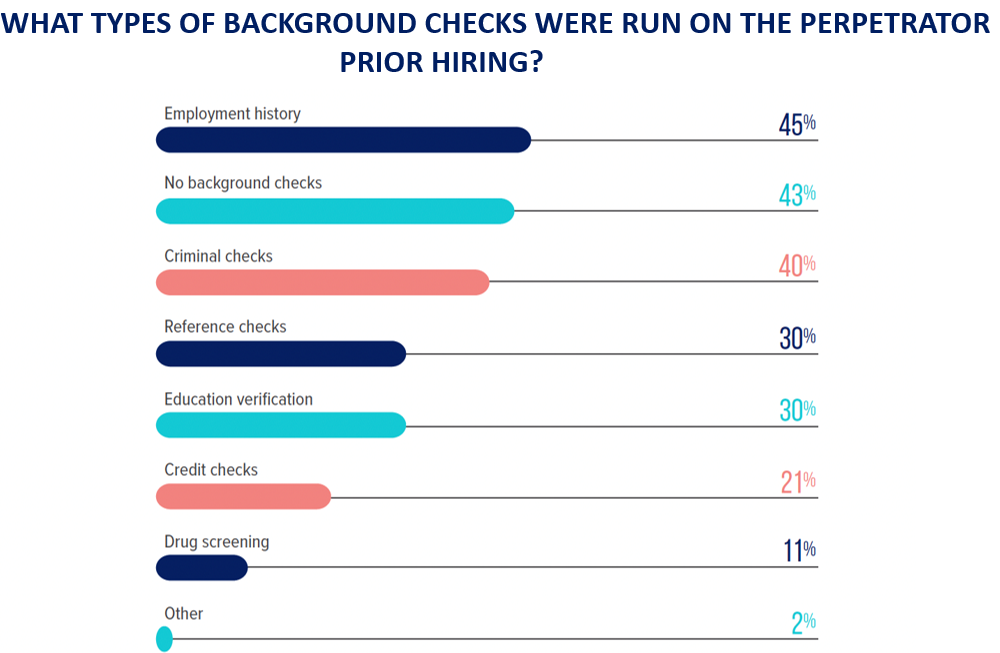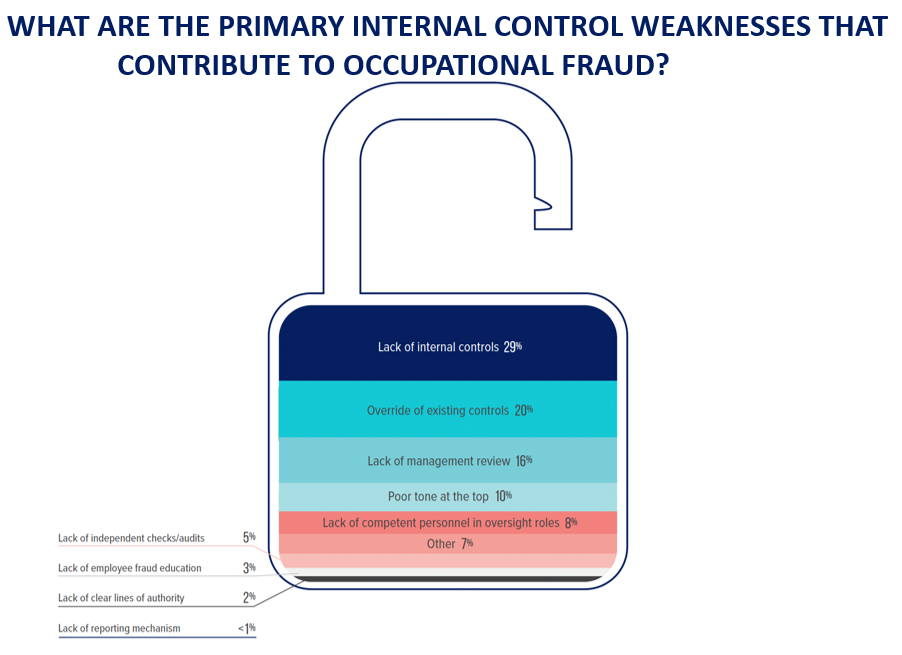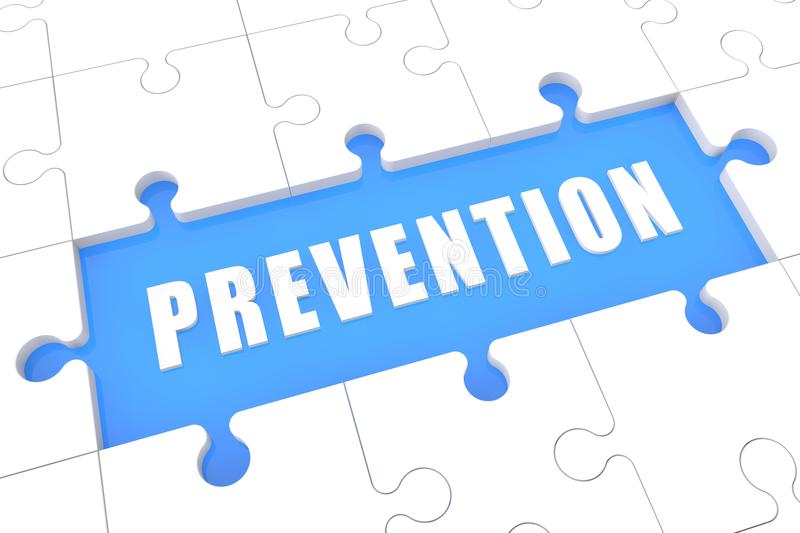
While it is extremely important for school districts to detect an ongoing fraud, it is more cost effective to prevent the fraud from happening in the first place. In the last post we saw that the Association of Certified Fraud Examiners (ACFE) states that a fraud typically that goes undetected costs the unsuspecting organization $8,300 a month. In addition, it usually takes 12 months for that fraud to be initially detected costing that same organization almost $100,000 (for just one fraud scheme). A school district should implement a proactive fraud prevention program to stop fraud in the first place. A school district can create a fraud prevention program by focusing on the hiring process and implementing a series of effective internal controls.

The hiring process is key to keeping individuals that may be susceptible to committing fraud out of your district. School districts should conduct the following steps in the hiring process. First all employees should be subject to a background check. This is standard for all school district employees. A second step is to call on the prospective employee’s references. The third step is to do credit check. This step may not be necessary for all employees. However, if the employee is going to handle financial transactions you may want to be sure that they are not in personal financial distress and more susceptible to committing financial fraud. Finally, you may want to have them take a drug test. Being addicted to anything, including drugs, alcohol, gambling, could be a red flag of a potential fraudster. These steps should keep anyone with a history or a red flag of fraud from infiltrating your district.

The second step in preventing fraud at your school district is to implement a series of internal controls. These controls attempt to create procedures to safeguard the school district’s assets from employees that have passed all the hiring checks. While internal controls will be discussed in depth in future posts, I will list a few important ones for school districts here. One is the separation of key duties. An example would be in the procurement procedure. There should be one person that requests a purchase, another person that authorizes it, and a third person that receives the items. No one person should be able to control the entire procurement process. Other key internal controls include dual check signatures, use of a receipt book, bank statement reconciliations, and purchasing card spending limits.
While implementing both the hiring checks and internal controls does not guarantee that fraud will not happen at your district, it does stack the deck in your favor. It is important for a school district to develop both a robust fraud detection and fraud prevention program to mitigate the impact of fraud. EduFraud can show you how to develop a realistic and effective plan to both prevent and detect fraud at your school district. Keep an eye out for future posts and trainings.
